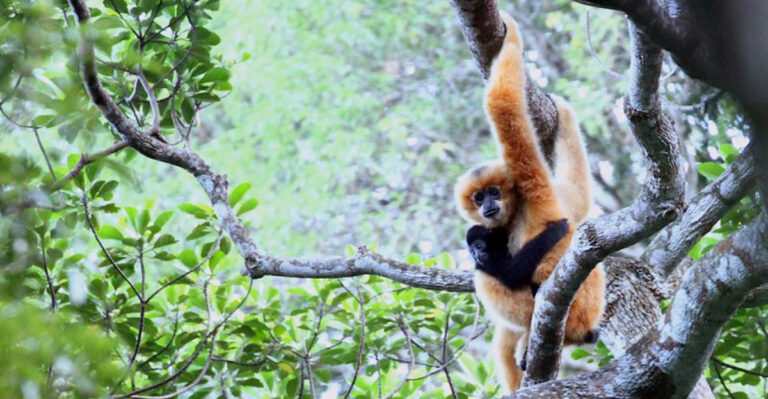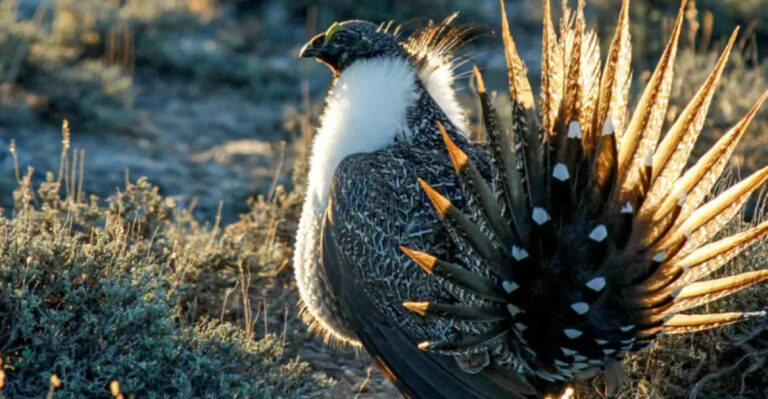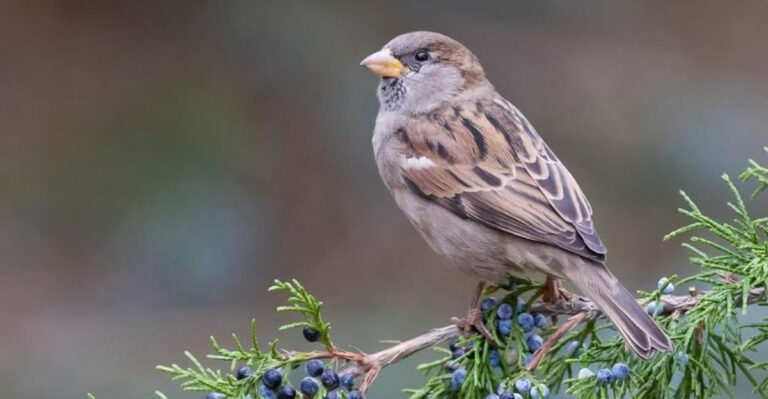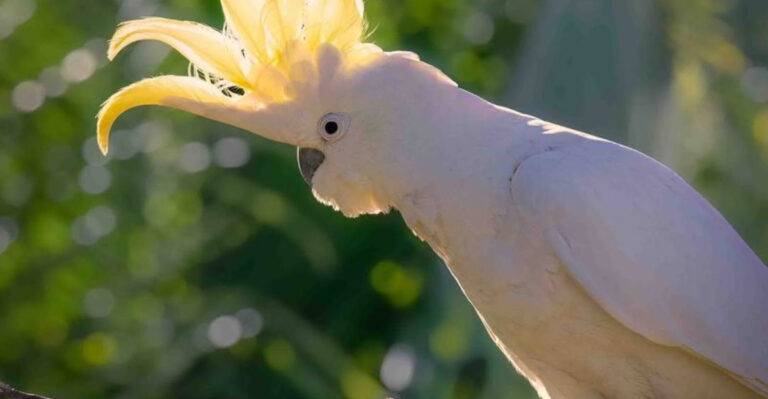11 Fascinating Rainforest Creatures You’ve Never Heard Of
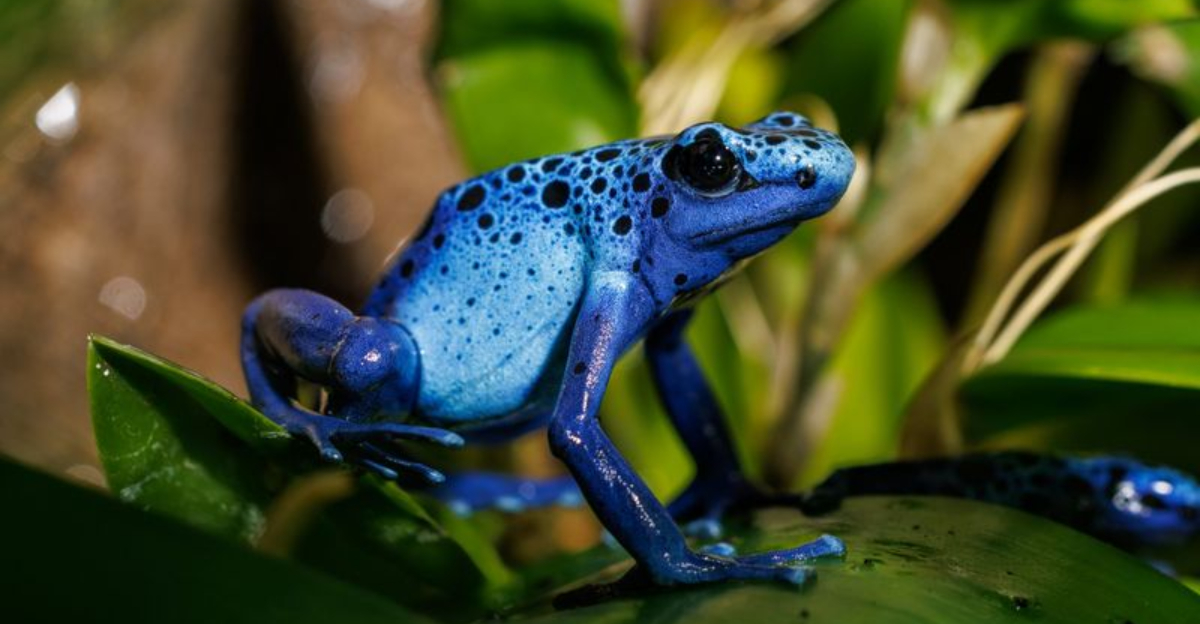
The rainforests are home to some of the most astonishing and lesser-known creatures on the planet. With their unique adaptations and vibrant appearances, these animals are nothing short of extraordinary.
Dive into the world of fascinating rainforest creatures that intrigue with their unusual features and captivating behaviors.
1. Hoatzin
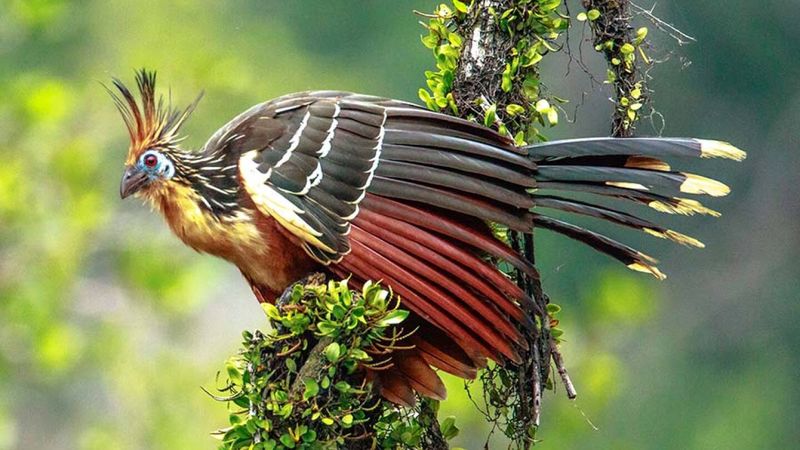
The Hoatzin, also known as the “stinkbird,” is renowned for its distinctive odor and appearance. It inhabits the swamps and mangroves of the Amazon Basin, where it feeds on leaves and fruit.
Unlike most birds, the Hoatzin uses bacterial fermentation in its crop to digest food, causing its unique smell. Juveniles possess claws on their wings, harking back to ancient avian ancestors.
This bird’s peculiar traits and prehistoric lineage make it a subject of fascination for scientists and birdwatchers alike, showcasing the evolutionary wonder of the rainforest.
2. Pygmy Marmoset
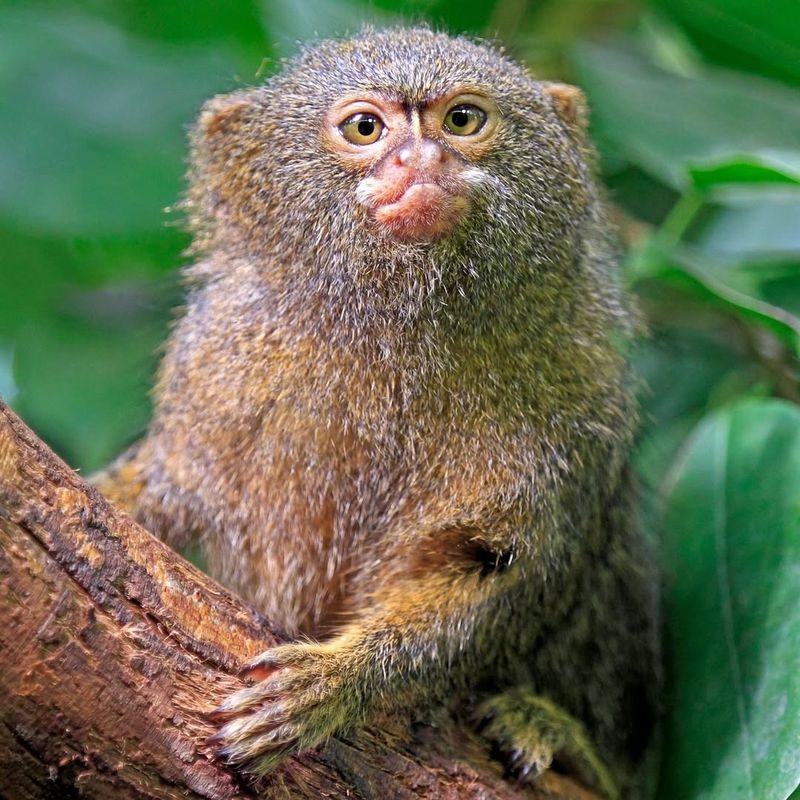
Known as the “world’s smallest monkey,” the pygmy marmoset is a marvel of miniaturization. These tiny primates, native to the Amazon Basin, are incredibly agile, capable of leaping great distances despite their diminutive size. Their loud calls echo through the rainforest, a surprising sound from such a small creature.
With their curious expressions and rapid movements, they enchant anyone lucky enough to spot them. Their tiny size doesn’t stop them from being one of the rainforest’s most vocal inhabitants.
3. Harpy Eagle
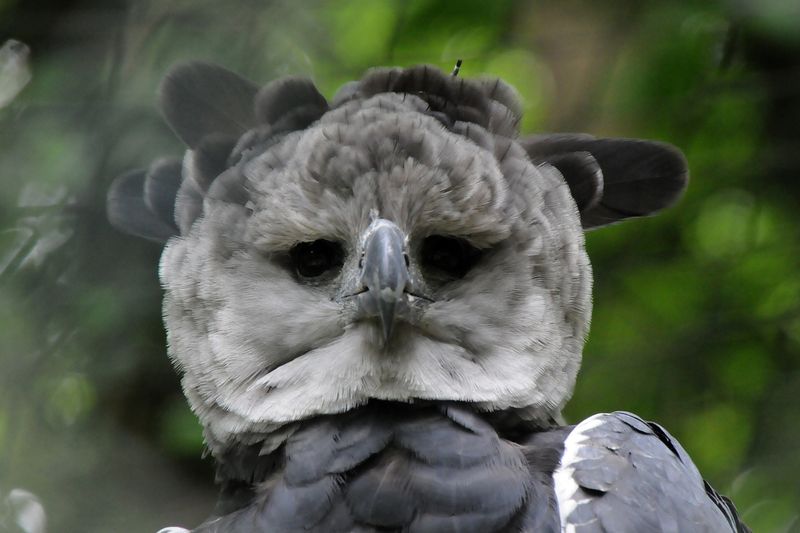
In the canopy of the Amazon, the harpy eagle reigns supreme. This majestic bird of prey boasts talons larger than a bear’s claws, capable of crushing bones with ease. Its formidable presence is matched by its incredible hunting prowess, often preying on monkeys and sloths.
With a wingspan that demands respect, the harpy eagle is a symbol of power in the rainforest. Its piercing gaze and impressive flight make every sighting a memorable experience.
4. Electric Blue Tarantula
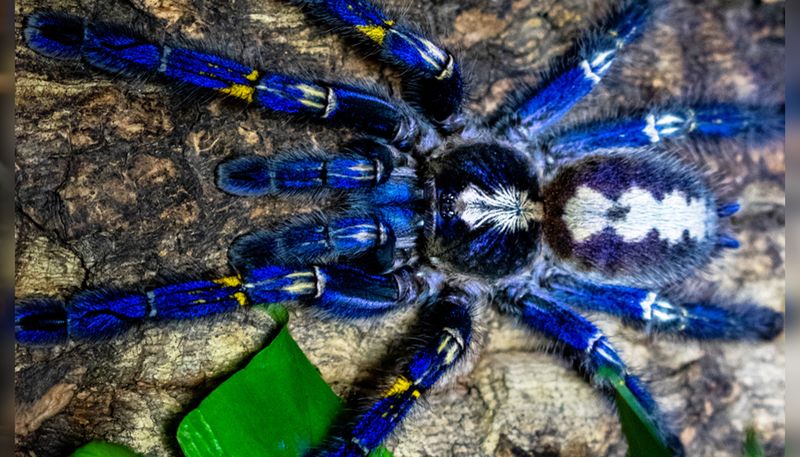
Hailing from the rainforests of Thailand, the electric blue tarantula is a sight to behold. Its metallic blue legs shimmer, creating an otherworldly appearance that warns predators of its venomous bite. These tarantulas are as striking as they are elusive.
With a temperament as bold as their color, they serve as a reminder of nature’s artistry. While their bite is not deadly to humans, it certainly makes them one of the most captivating arachnids in the wild.
5. Satanic Leaf-Tailed Gecko
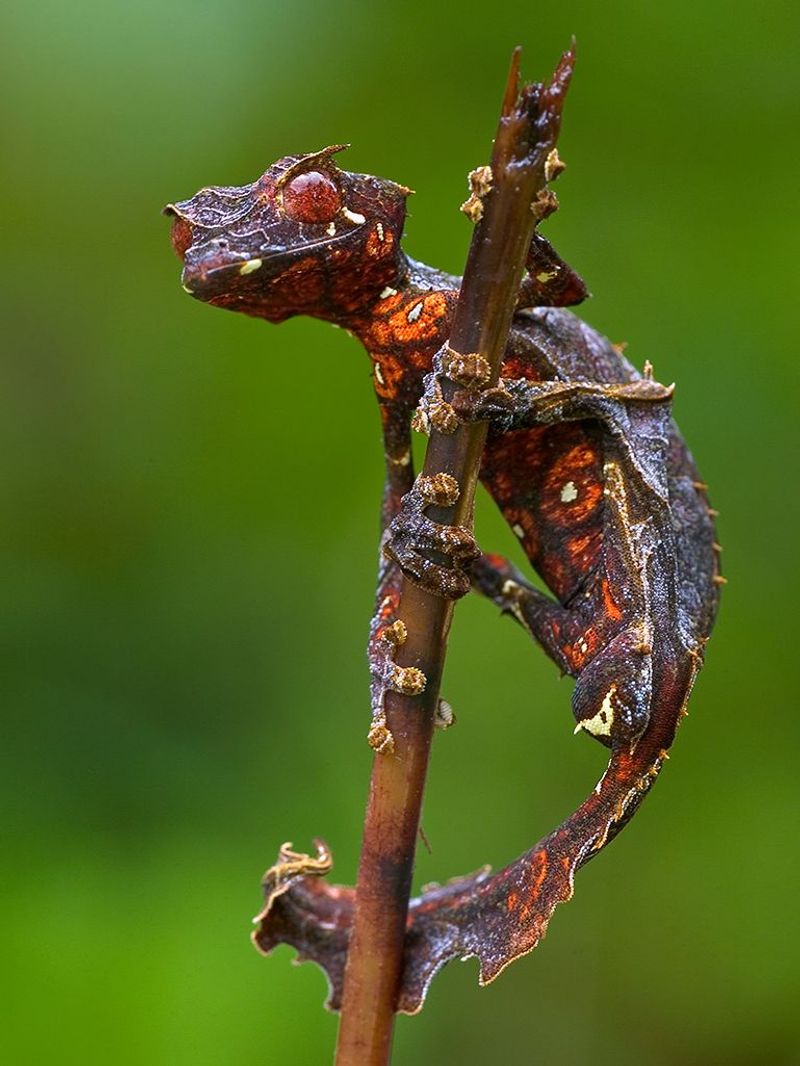
Masters of disguise, satanic leaf-tailed geckos are unrivaled in their ability to vanish in plain sight. Resembling dead leaves, these geckos flatten their bodies to blend into the forest floor, avoiding the watchful eyes of predators.
Native to Madagascar, their eerie appearance is as fascinating as it is effective. Despite their name, these geckos are harmless to humans but serve as a testament to the power of camouflage in nature.
6. Poison Dart Frog
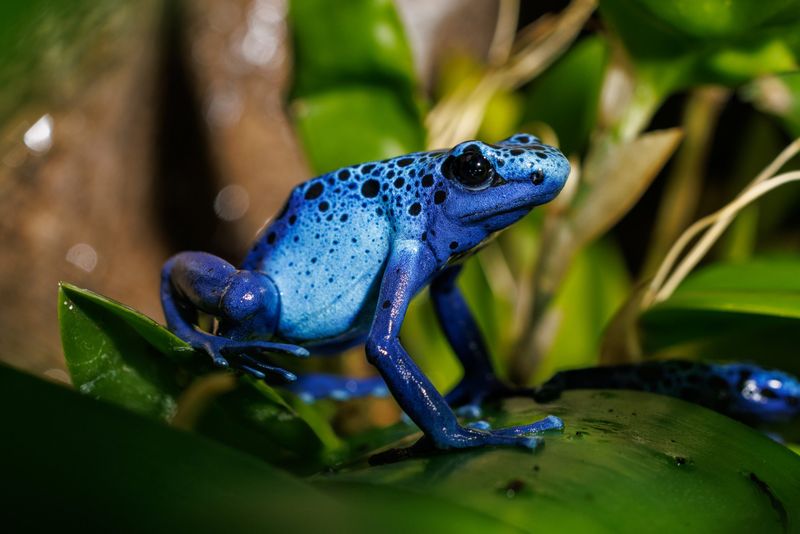
When it comes to vibrant warnings, poison dart frogs take the cake. These small yet striking frogs from South America use their bright colors to advertise their toxic skin. A single frog holds enough toxin to deter large predators, making their vivid colors a warning not to be ignored.
Their beauty is dazzling, but it’s matched by their defensive capabilities. Observing a poison dart frog is like witnessing a living jewel of the rainforest.
7. Pangolin
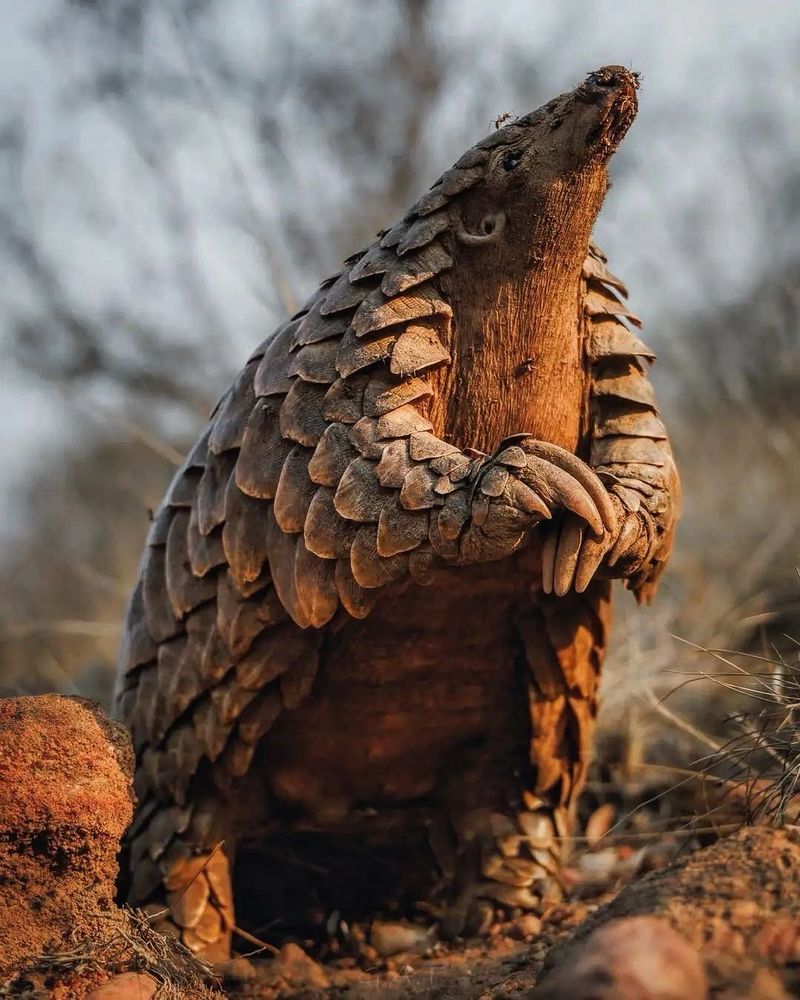
Imagine a creature that looks like a walking pinecone, and you have the pangolin. Armed with tough, overlapping scales, these creatures use their long, sticky tongues to feast on ants and termites. Unfortunately, they face threats from illegal wildlife trade, putting them critically endangered.
Despite their armored appearance, pangolins are gentle creatures. Their unique design offers a fascinating insight into evolutionary adaptation, making them one of the most intriguing rainforest inhabitants.
8. Okapi
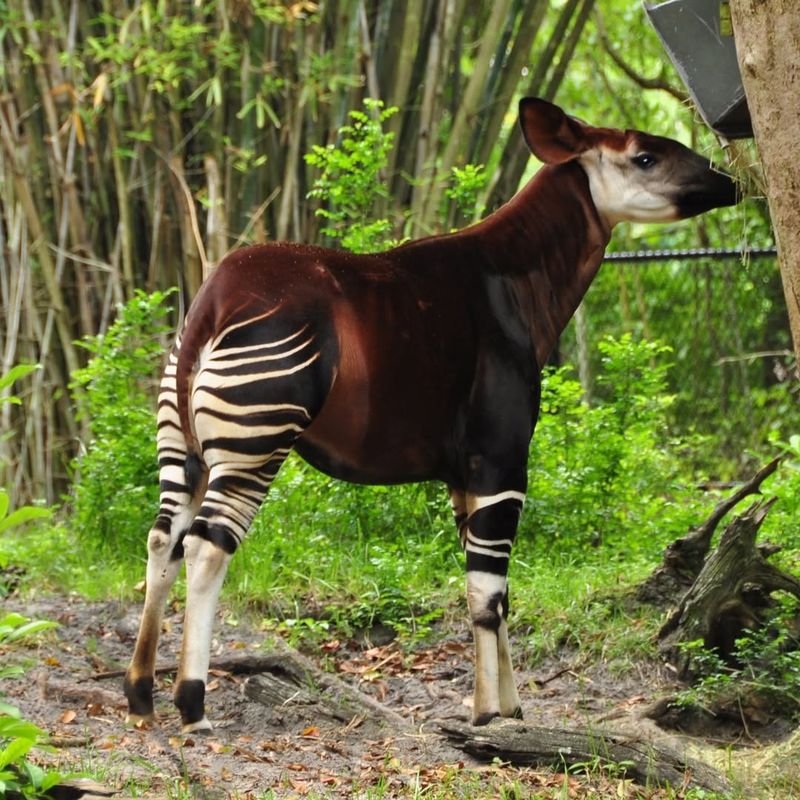
Often referred to as the “forest giraffe,” the okapi is a secretive creature of the Congo. With zebra-like stripes on its legs and a giraffe-like body, it is a living paradox of the animal kingdom. These elusive herbivores are masters of stealth, seldom seen by human eyes.
Although related to giraffes, okapis have a unique charm. Their mysterious nature and distinctive appearance make them a treasured rarity in the rainforest.
9. Aye-Aye
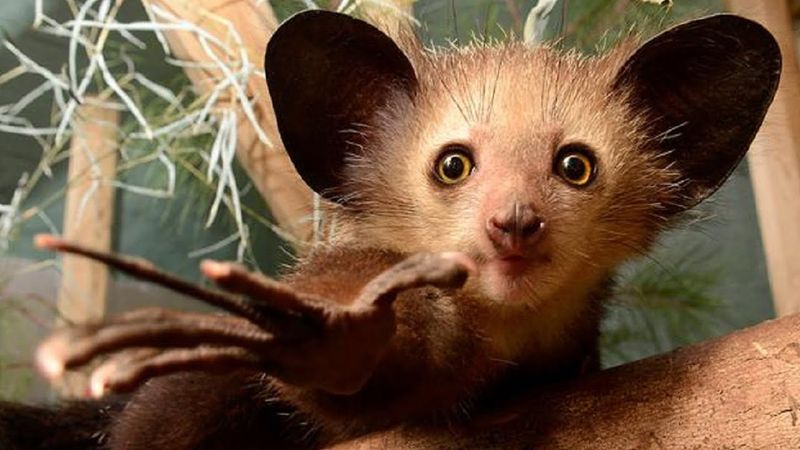
With its large eyes and curious expression, the aye-aye seems to embody the intrigue of Madagascar’s rainforests. This nocturnal primate uses percussive foraging, tapping on tree bark to locate insects. Its unique middle finger is an evolutionary marvel, perfectly adapted for extracting prey.
Often misunderstood, the aye-aye’s peculiar habits make it one of the most captivating creatures. Its presence is a reminder of the untapped mysteries that rainforests hold.
10. Glass Frog
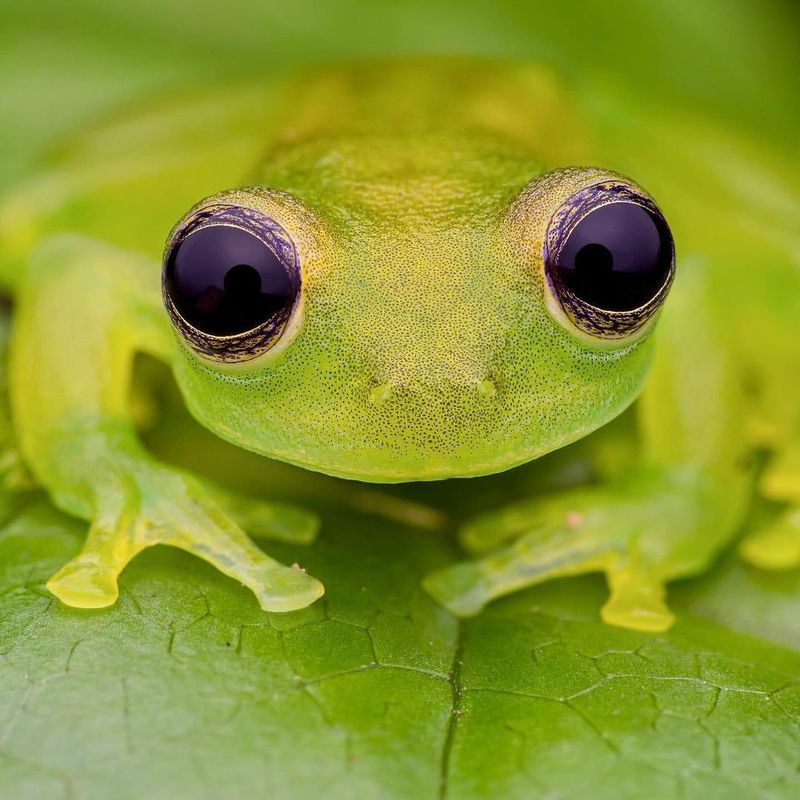
Transparent and tiny, the glass frog is a marvel of nature’s design. Found in Central and South American rainforests, these frogs have such clear skin that their internal organs are visible. This transparency offers a unique form of camouflage, helping them blend seamlessly into their surroundings.
Observing a glass frog is like peering into the heart of nature itself. Their delicate appearance belies a resilience that allows them to thrive in their leafy homes.
11. Goliath Beetle
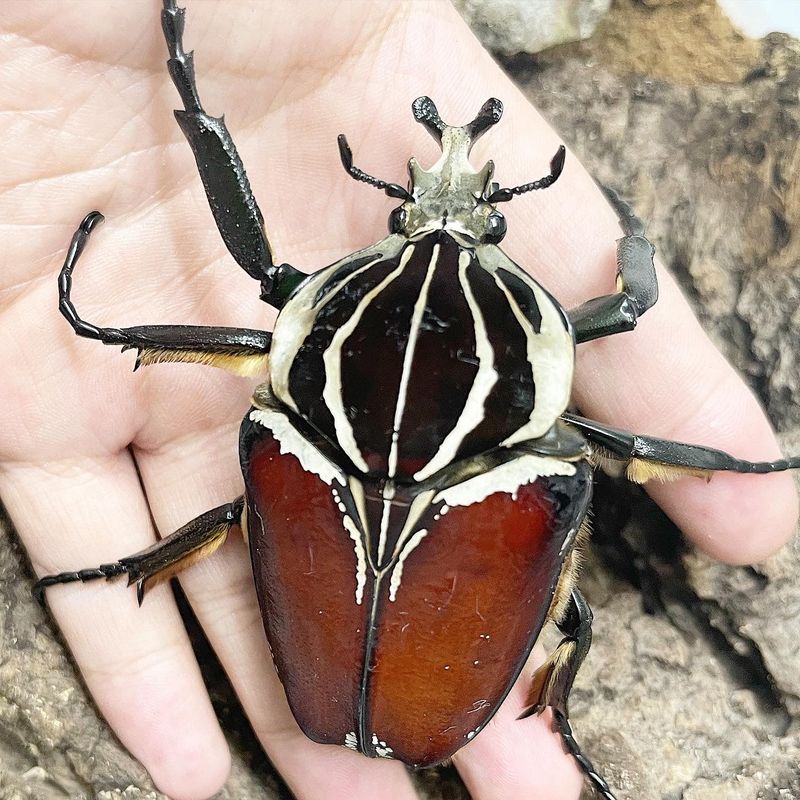
Size matters when it comes to the goliath beetle. Found in Africa, these giants of the insect world can weigh up to 4.3 ounces and grow as long as 4.3 inches. Despite their formidable size, they are peaceful creatures, often seen feeding on tree sap and fruit.
Their patterned shells and gentle nature make them a spectacle of the rainforest. Observing a goliath beetle is a gentle reminder of the diversity and wonder that nature offers.

